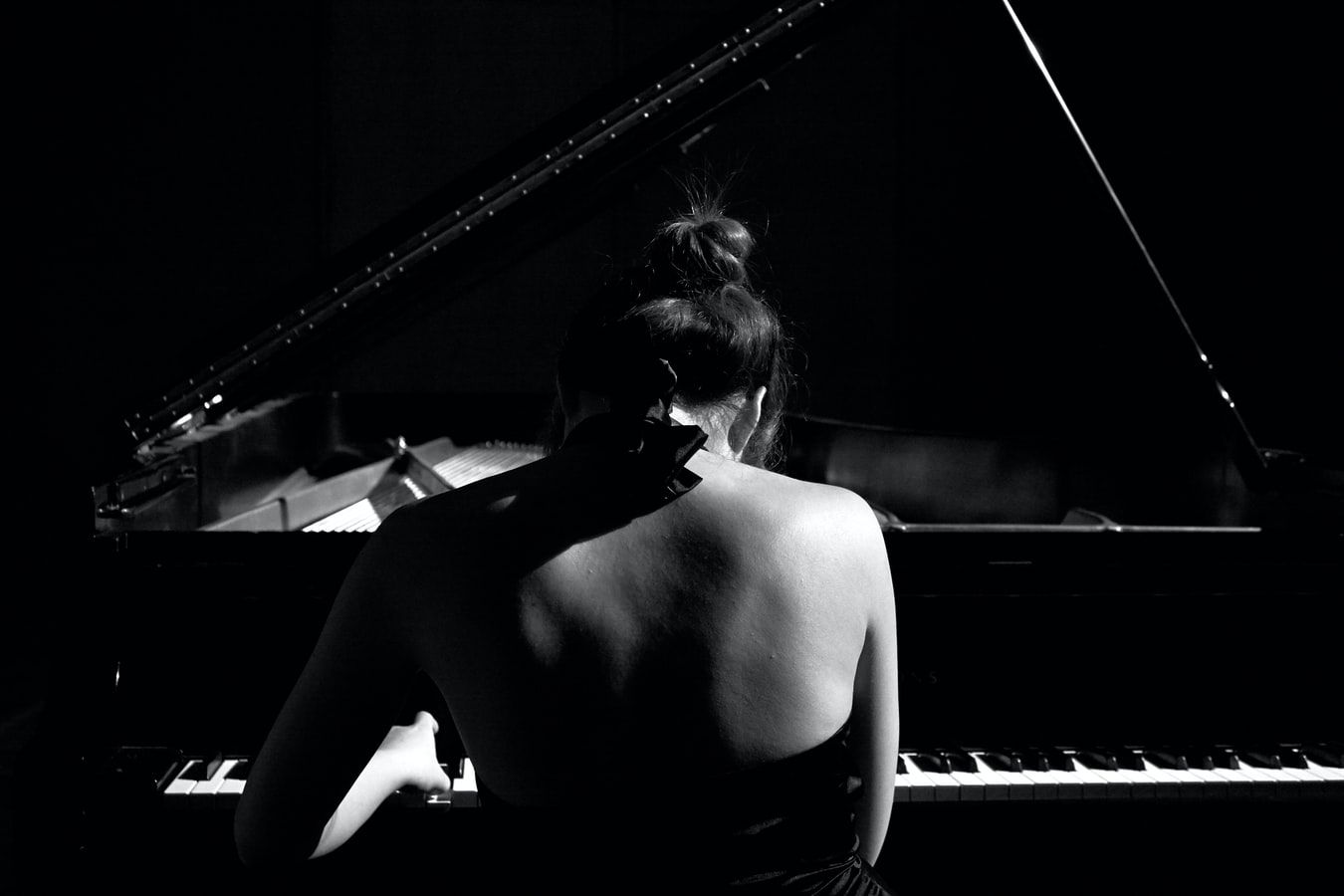On playing the piano
The piano should be made to sing. In old books the piano is sometimes referred to as a string instrument, but nowadays it is classed as percussion; it is actually a keyed dulcimer, struck by hammers, which in turn are operated by the keys. Perhaps the first thing the student should do is to forget the piano is a percussion instrument; the great Cuban pianist Jorge Bolet, who enjoyed an Indian summer with his BBC masterclasses, advised 'don't hit the keys, press them'. The most beautiful sound is that produced with the least exertion. We have all seen sportsmen who can strike and send balls vast distances with little apparent effort. It is all a question of timing; so it is with depressing a piano key, and obtaining the maximum return for the minimum effort. A piano keyboard is connected to the hammers by a set of levers, and the human arm, fingers and wrist are made up of another set of levers, and it is simply a question of getting the two sets of levers to work together as efficiently and economically as possible. Relaxing all the muscles you are not using is the key, and judicious use of arm weight (related to the Alexander principle) can assist the process. It may assist relaxation to imagine each arm being attached to a balloon, the upward pull of the balloon exactly counteracting the gravitational pull on the arms.
It is important to remember that no one plays the piano with just their fingers, so to speak; how well the fingers work playing the piano is intimately bound up with the state of the hand and arm.
Fingers should work from the knuckle; this may seem obvious, (like keeping the heel on the ground when using the sustaining pedal) but it is surprising the number of students who play from the middle joint, thereby forgoing a lot of power and tone. While the fingers will be rounded in an agility passage (the arm should be self-supporting) flatter fingers will sometimes be appropriate as they will depress the key more slowly. Although not all authorities agree, it is best to play to the sound-point (usually at about two-thirds of the key's travel); fully depressing the key, or 'key-bedding' after the hammer has hit the string, wastes energy.
A loose wrist, free to rotate, is absolutely vital. Indeed, it is perfectly possible to play the opening of the first movement of the Moonlight sonata with next to no finger movement, simply by rotating the wrist and transferring the hand weight from the thumb to the third and fifth fingers; this economy of movement will aid a pianissimo
Students are always told that their hands must be manicured for playing the piano; the converse advice, that hands need not be scrupulously clean, is rarely given, but in fact, some perspiration on the fingers to assist grip is helpful; particularly on ivory keys. Piano exam candidates, many of whom will have been practising on a small upright piano, with plastic keys, and suddenly find they have up to nine feet of concert grand stretching away in front of them, are under enough pressure without finding they are sliding all over the place on polished ivory keys.
Every player has their own individual voice and I have had school students who, with little effort, have produced a very big sound; a loud sound is not the same as a big sound, by the way. It is remarkable how different the same piano can sound in the hands of different performers and indeed, it can be hard to account for the subtle and intangible differences in timbre. It was the view of the violinist Fritz Kreisler that the sound and the player are one; in deft hands the piano becomes an extension of the performer.
.


